While the history section of any bookstore is filled with plenty of comprehensive volumes on the major battles and wars of the past, there is something unbeatable about the accounts of the people who were on the ground fighting and lived to tell the tale. Here are 11 war memoirs told by the men who were on the frontlines of history.
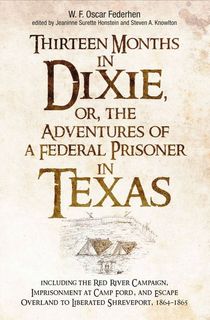
Thirteen Months in Dixie, or, the Adventures of a Federal Prisoner in Texas
Locked away as a family heirloom for decades, Thirteen Months in Dixie is the personal account of Union artillerist Oscar Federhen, who was captured by Confederate troops barely a month after his enlistment. Federhen recounts his brutal transfer to Camp Ford, the largest prisoner of war camp west of the Mississippi, where he was starved and abused by sadistic guards and hungry hounds.
Several escape attempts were initially futile, until he finally broke free and attempted to reach Union lines from deep inside Texas. If such a trek didn’t seem daunting enough, Federhen had to dodge Confederate patrols, bandits, Comanche, and the perils of hunger and exposure. Federhen’s true account of his service reads more like an adventure novel than autobiography.
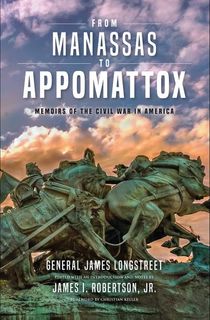
From Manassas to Appomattox
The memoirs of James Longstreet, a Confederate Lieutenant General, provide a glimpse into the life, thoughts, and accomplishments of a Civil War leader. Longstreet, who earned the nicknames “War Horse”, “Bulldog”, and “Bull of the Woods” over his career, is something of an enigma to Civil War historians: steady, quiet, yet with a fondness for the drink and the dice, Longstreet’s reputation wavers from hero to scoundrel.
From Manassas to Appomattox glosses over much of his personal life, however, instead focusing on the military strategies and operations of the Confederacy. Introductions and notes provided by Civil War historians give insight and context to Longstreet’s legacy and controversy as an important figure in the Confederacy.

Goodbye to All That
Like the title suggests, Goodbye to All That is both an autobiography and a declaration of farewell—to poet Robert Graves’ home country of England, to his friends and family, and to an entire way of living and thinking. Graves details his life from middle class upbringing to his enlistment in the Royal Welsh Fusiliers to his complete disillusionment following World War I. Survival in the trenches, the loss of close friends, the stupidity of bureaucracy, and the inadequacy of patriotism are all discussed and dissected with a wry tone that have made this autobiography popular among readers for the better part of a century.
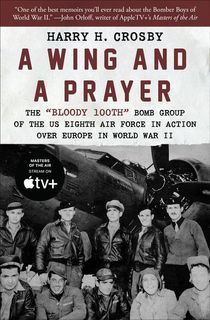
A Wing and a Prayer
Harry H. Crosby delivers an account of the aerial fight against Germany during the Second World War from the unique perspective of a navigator. He details his brushes with death while leading 37 missions of the “Flying Fortresses”, some of which involved thousands of aircraft fighting in the skies over Europe. Crosby takes us inside these World War II bombers and the acrid stenches and pervasive terror within, told vividly enough for Steven Spielberg to adapt this memoir into the television miniseries Masters of the Air.
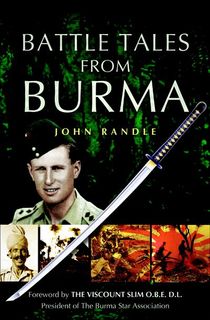
Battle Tales from Burma
John Randle distinguished himself in the brutal Burma campaign of World War II, where the Allies fought against the Japanese Empire in Southeast Asia. The monsoon weather and attrition of the war was so great that Randle only made 60 miles of progress over four years. Rather than detail his time in Burma in a conventional manner, Randle chooses an anthological approach, telling contained stories of victories and defeats that range from long to short, heart-wrenching to humorous, and all worth reading.
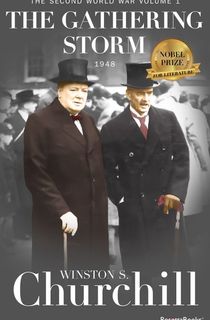
The Gathering Storm
British Prime Minister Winston Churchill had a perspective of World War II that few in history can rival. The first in a six-volume series on the Second World War, The Gathering Storm combines Churchill’s postwar thoughts with letters, speeches, and day-by-day accounts of the early stages of the global conflict.
He provides an inside look at the strategy room as Hitler’s Germany grew in power and planned to invade England, Russia, and Europe at large, and this volume in particular focuses on England’s entry into a war that he considered senseless, yet unavoidable.
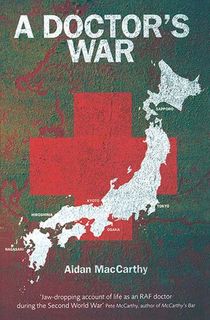
A Doctor's War
It’s miraculous that Royal Air Force medical officer Aidan MacCarthy survived to tell his WWII tale. After serving in France, MacCarthy survived the bloody evacuation of Dunkirk only to be captured by the Japanese and interned at a camp on the island of Java. Many of the prisoners were only able to survive the brutal conditions of the prison thanks to MacCarthy’s medical help.
The doctor was then transferred to Japan—or at least, an attempt was made, as his ship was torpedoed and he had to be rescued by a passing whaling boat. He was re-interned and bore witness to the atomic bombing of Nagasaki. Recently re-discovered, this memoir is told with a surprisingly straightforward, occasionally humorous tone.
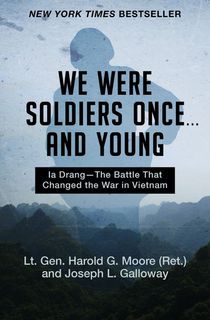
We Were Soldiers Once . . . and Young
The battle of Ia Drang was the first major battle between the U.S. Army and the People’s Army of Vietnam, a battle which would change the war—and warfare in general. Lt. General Harold “Hal” Moore would lead a battalion of 450 as they dropped by helicopter into the Ia Drang Valley. 2,000 Vietnamese soldiers immediately surrounded them, and a sister battalion was decimated a couple of miles away.
Together with Joseph L. Galloway, the only journalist on the ground throughout the battle, We Were Soldiers Once is filled with interviews of men on both sides as they share tales of facing the ultimate challenge, displaying humanity at its most heroic and most horrendous.
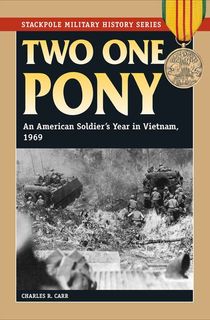
Two One Pony
Charles Carr left graduate school to fight in Vietnam at its peak, spending a year in Southeast Asia trekking through jungles and rice paddies in the day, and setting ambushes at night. What makes this account of a year in Vietnam stand out is Carr’s thoughtful, reflective, and ultimately reluctant attitude to the war, a diary that questions the absurdity of the conflict while also wondering if he will live to see its end.
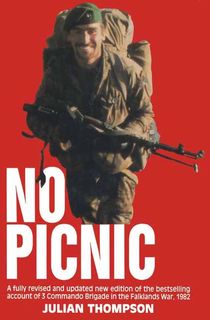
No Picnic
The bulk of fighting by British forces in the Falklands War was under the direct command of Maj. Gen. Julian Thompson, who led both the Royal Marine Commandos and two battalions of the Parachute Regiment. Having also planned the engagement before the first shots were fired with Argentina, Thompson is one of the best candidates to provide insight and knowledge about the conflict, and the 25th Anniversary edition adds more thoughts and impressions from the now-renowned military historian.
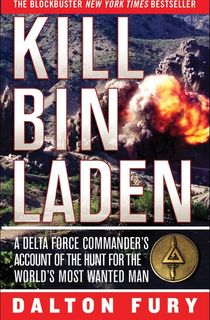
Kill Bin Laden
The mission to kill the most wanted man in the Western world was shrouded in complete secrecy both before, during, and immediately after Osama bin Laden’s death. Tidbits of information trickled out in the years following the mysterious Delta Force counterterrorism unit, most of it speculation. Kill Bin Laden is a definitive look into the near misses, eventual success, and operations of the famous Delta Force unit, as told by one of its own.
This post is sponsored by Open Road Media. Thank you for supporting our partners, who make it possible for The Archive to continue publishing the history stories you love.
Featured image: Felipe Albertella / Unsplash
